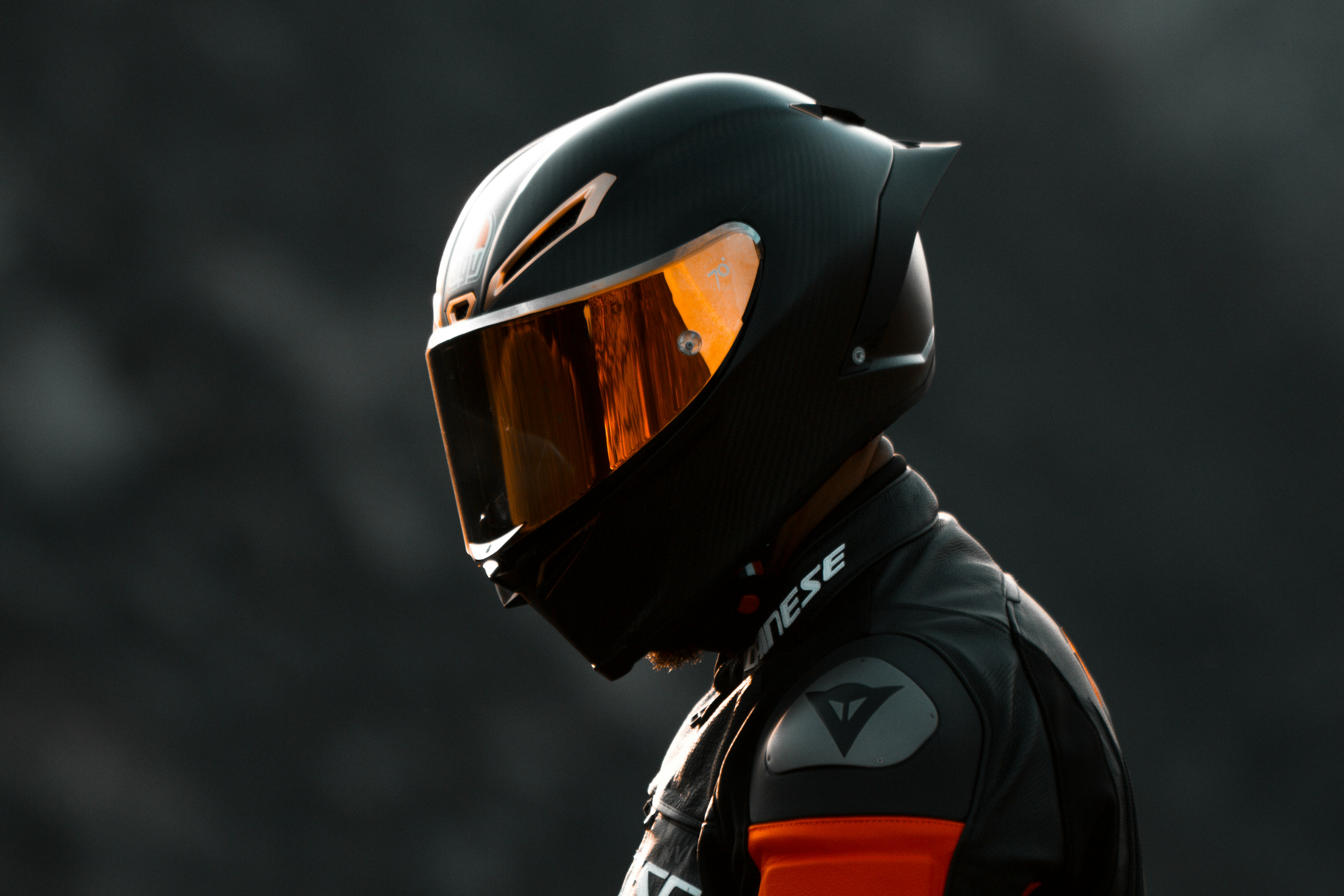Essential Motorcycle Safety Gear: Your Complete Protection Guide
Riding a motorcycle is an exhilarating experience, but safety should always be your top priority. The right protective gear can mean the difference between a minor mishap and a life-changing accident. This comprehensive guide covers all the essential safety equipment every rider needs.
The ATGATT Philosophy: All The Gear, All The Time
Professional riders live by the motto "ATGATT" - All The Gear, All The Time. This means wearing proper protective equipment for every ride, whether you're commuting to work or embarking on a cross-country adventure.
Essential Safety Gear Checklist
1. Helmet - Your Most Critical Protection
DOT and Snell Certified Helmets: Always choose a helmet that meets Department of Transportation (DOT) standards at minimum. Snell certification provides even higher protection standards.
Types of Helmets:
- Full Face: Maximum protection for face, jaw, and head
- Modular: Combines full-face protection with convenience of flip-up design
- Open Face: Good for urban riding but less protection
- Half Helmet: Minimal protection, not recommended for high-speed riding
Fit and Comfort: A properly fitted helmet should be snug but not painful, with no pressure points after wearing for 20-30 minutes.
2. Protective Clothing
Motorcycle Jackets: Look for abrasion-resistant materials like leather or high-quality textile with CE-rated armor at shoulders, elbows, and back.
Riding Pants: Denim offers minimal protection. Invest in motorcycle-specific pants with armor and abrasion resistance.
Gloves: Protect your hands with full-finger gloves featuring palm sliders and knuckle protection.
3. Proper Footwear
Motorcycle Boots: Should cover ankles, have non-slip soles, and provide protection from shifting and braking.
Features to Look For:
- Oil-resistant soles
- Reinforced toe and heel areas
- Ankle protection
- Breathable materials for comfort
High-Visibility and Weather Protection
Reflective Elements
Add reflective strips or high-visibility vests, especially for night riding or poor weather conditions.
Weather-Specific Gear
- Rain Gear: Waterproof suits or rain-resistant gear
- Cold Weather: Heated gear, thermal layers, and wind protection
- Hot Weather: Ventilated gear and moisture-wicking materials
Maintenance and Care
Regular Inspection
Check all gear regularly for signs of wear, damage, or degradation. Replace any compromised equipment immediately.
Proper Storage
Store gear in a cool, dry place away from direct sunlight to prevent material breakdown.
Budget-Friendly Safety Tips
Start with Basics
If budget is a concern, prioritize helmet, gloves, and jacket first. Build your gear collection over time.
Used Gear Considerations
Never buy a used helmet. Other gear can be purchased used if thoroughly inspected for damage.
Gear for Different Riding Styles
Sport Riding
Emphasize protection with track-ready gear including back protectors and knee sliders.
Touring
Focus on comfort features like ventilation, storage, and weather protection.
Urban Commuting
Balance protection with convenience and visibility features.
Technology Integration
Smart Helmets
Modern helmets may include Bluetooth communication, heads-up displays, and emergency notification systems.
Airbag Systems
Advanced protective systems include motorcycle airbag vests and jackets that deploy in accidents.
Conclusion
Investing in quality safety gear is investing in your life and well-being. While the initial cost may seem high, consider it insurance against serious injury. Remember, you can replace gear, but you can't replace yourself.
Stay safe, ride smart, and always wear proper protection. Your future self will thank you for making safety a priority on every ride.
